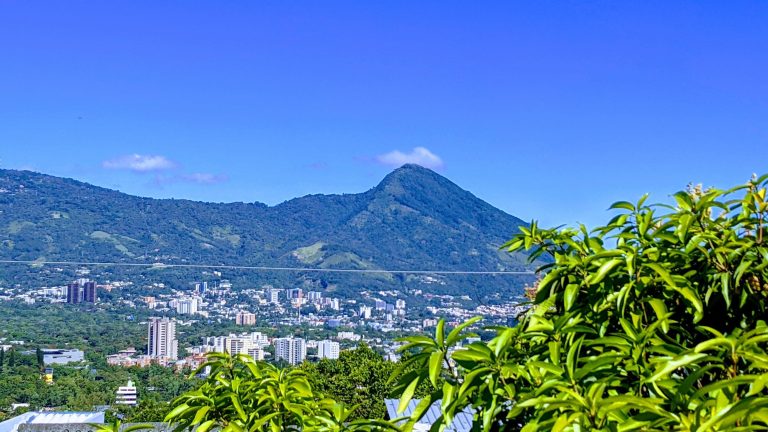Scientists have discovered a huge reservoir of magma in Greece. An eruption may occur at any time

Scientists have discovered a huge underwater reservoir of magma in Greece. It is very possible that the eruption of this volcano led to the extinction of the Minoan culture.
- A moving magma reservoir in Greece
- What is the Columbo volcano?
- Measuring stations in the Aegean Sea
Near the island of Santorini, scientists have discovered an underwater volcano that poses a potential danger not only to Greece, but also to the entire Mediterranean basin.
A moving magma reservoir in Greece
There is a volcano in the Aegean Sea that probably led to the destruction of the Minoan culture, and perhaps also to the sinking of Atlantis. However, a second, unknown magma reservoir was discovered a short distance away. Using high-resolution imaging techniques, researchers managed to locate an underwater reservoir filled to the brim with magma.
According to scientists’ first estimates, the magma chamber is filled to exactly the same extent as it was 373 years ago. In 1650, there was a huge volcanic eruption and a tsunami wave in the Mediterranean basin. Many people and animals died then.
What is the Columbo volcano?
The Columbo volcano is located about 8 kilometers from the Greek island of Santorini in the Aegean Sea. It is the largest of all the several dozen volcanic cones in the range around the island. It is located relatively shallow under the sea (at a depth of 500 meters), so its eruption could not only throw a cloud of ash into the atmosphere, but also trigger a tsunami wave off the coast of Greece.
Measuring stations in the Aegean Sea
There are no sensors or measuring stations around Columbo that could allow researchers to monitor the volcano’s activity and the contents of its magma chamber. Preliminary research shows that it is almost completely filled, so scientists are trying to place measurement stations near the magma reservoir as quickly as possible. They will allow you to estimate the danger and activate alarm systems in time when an eruption begins to approach.






